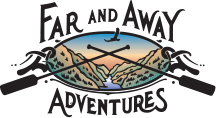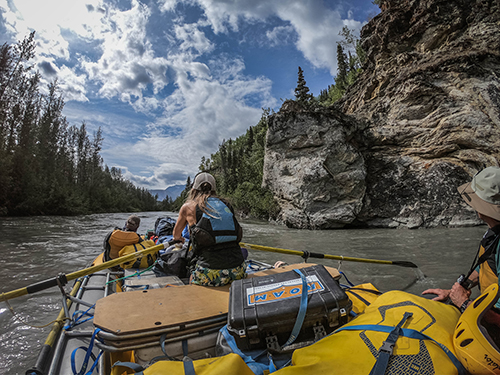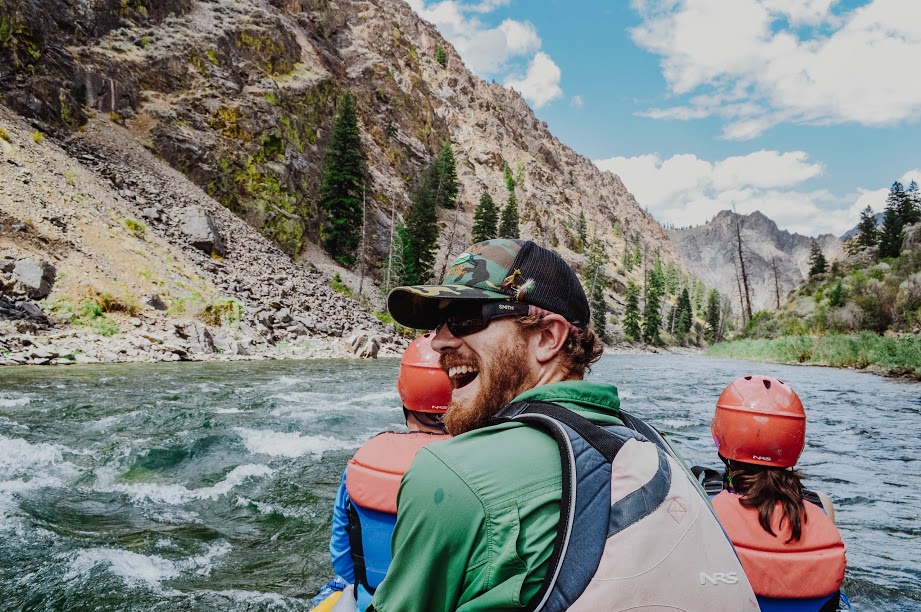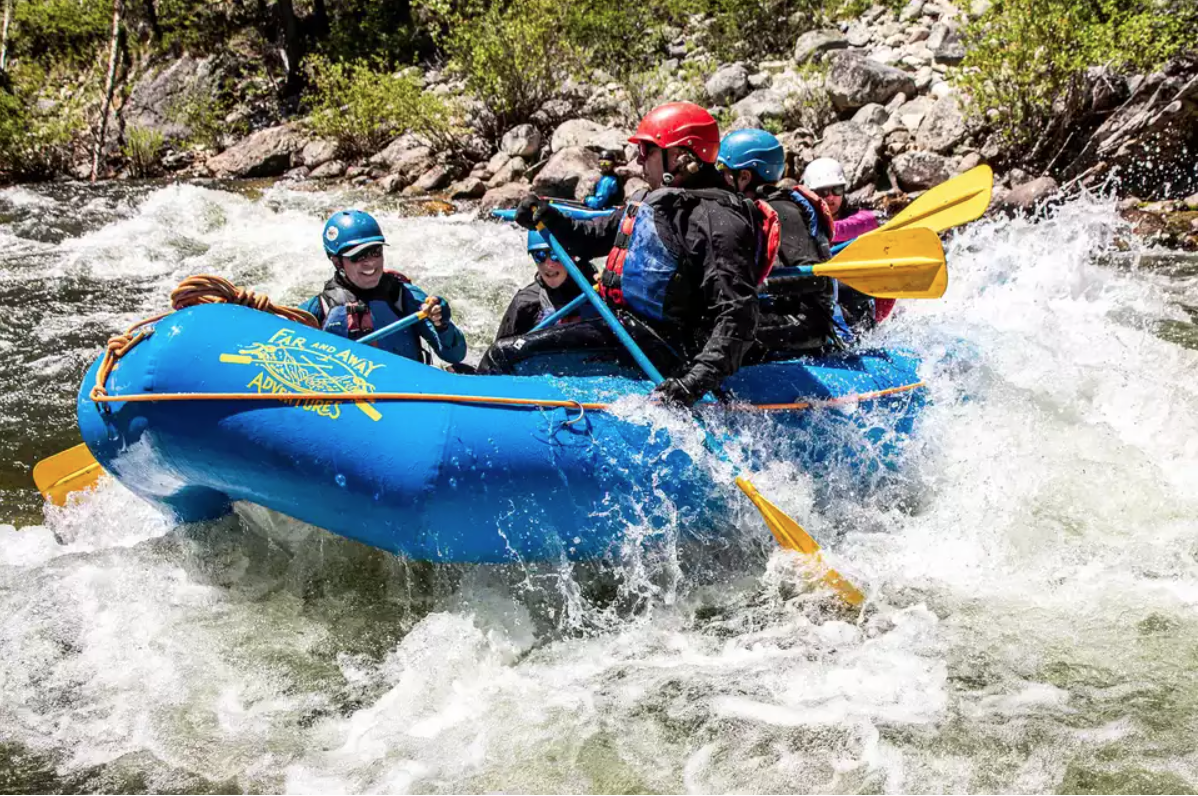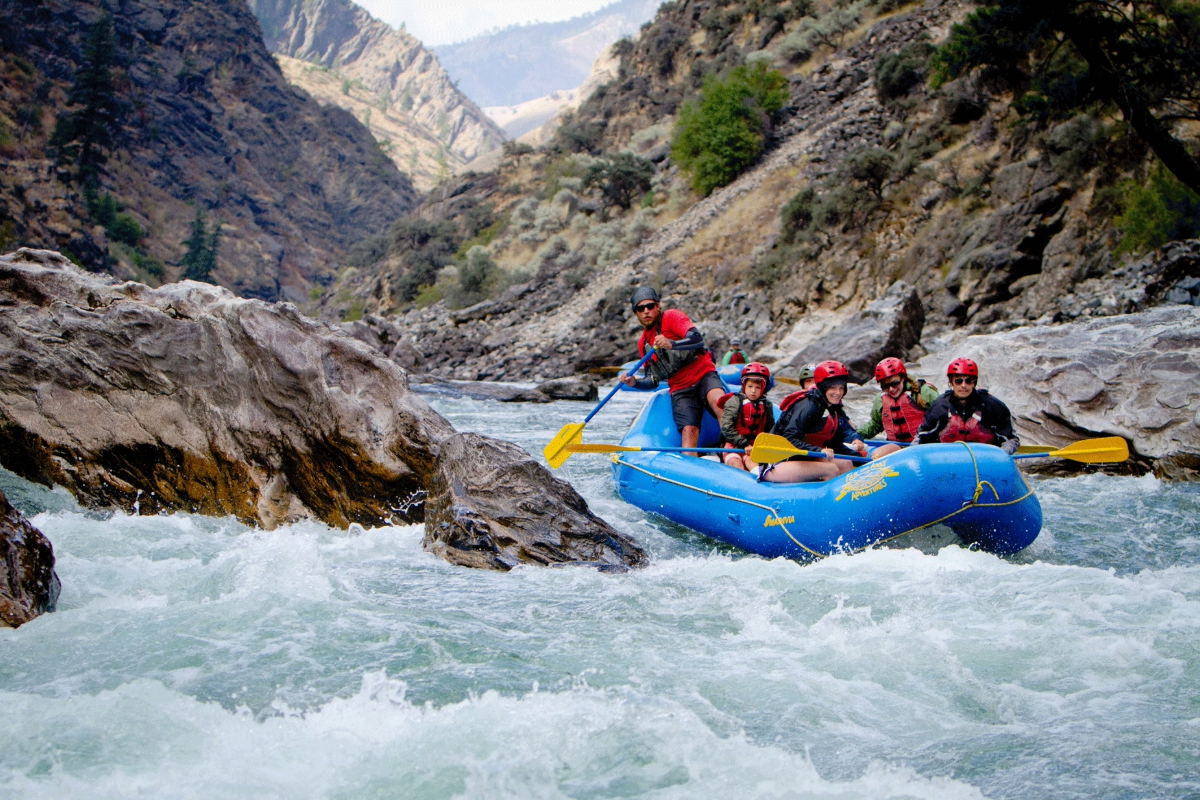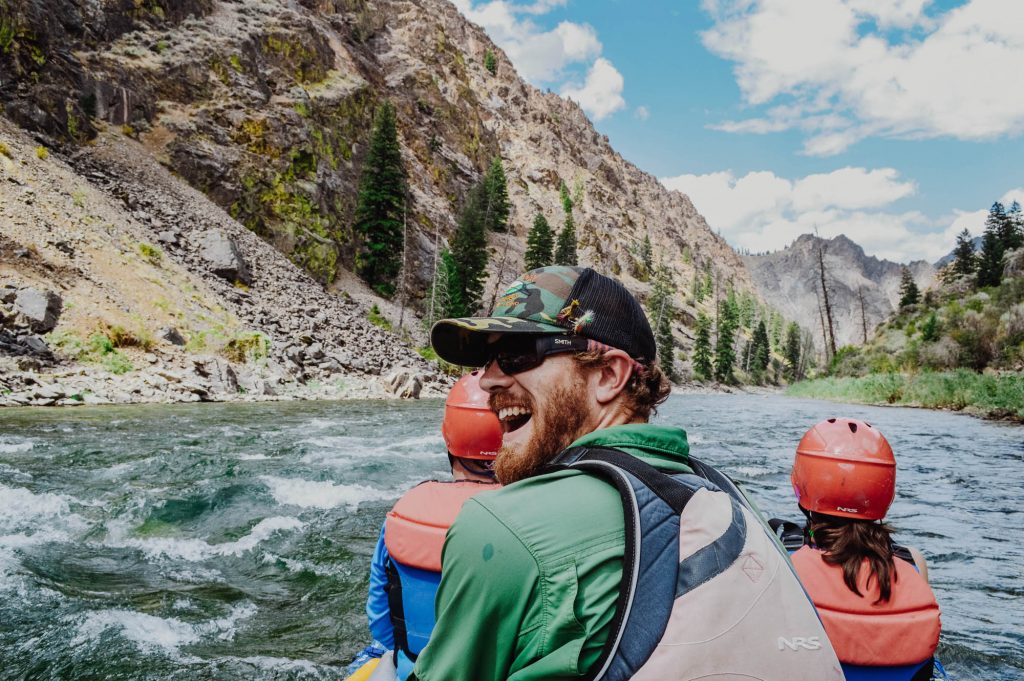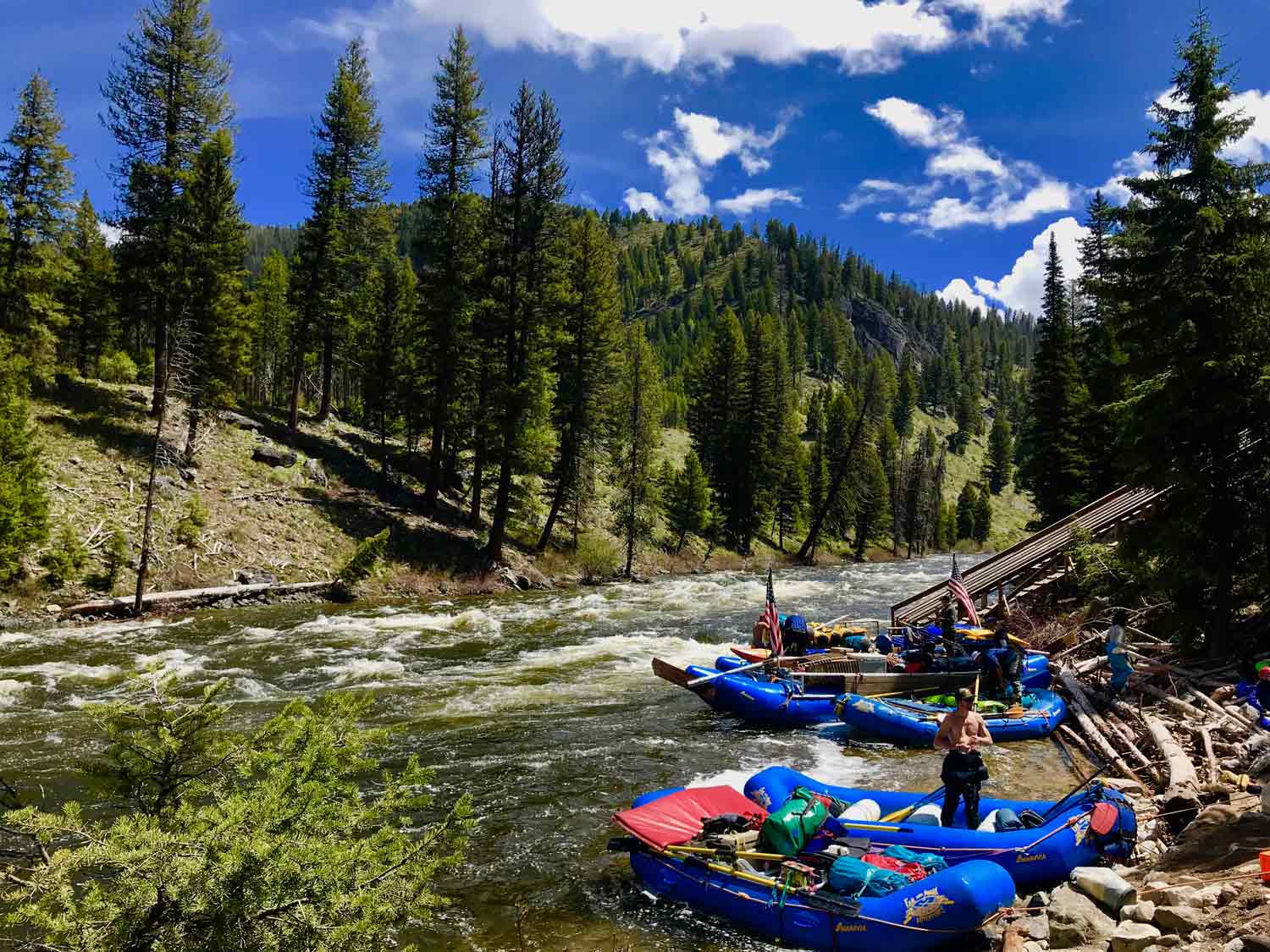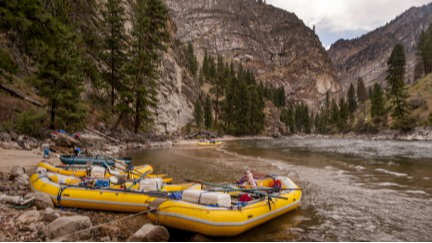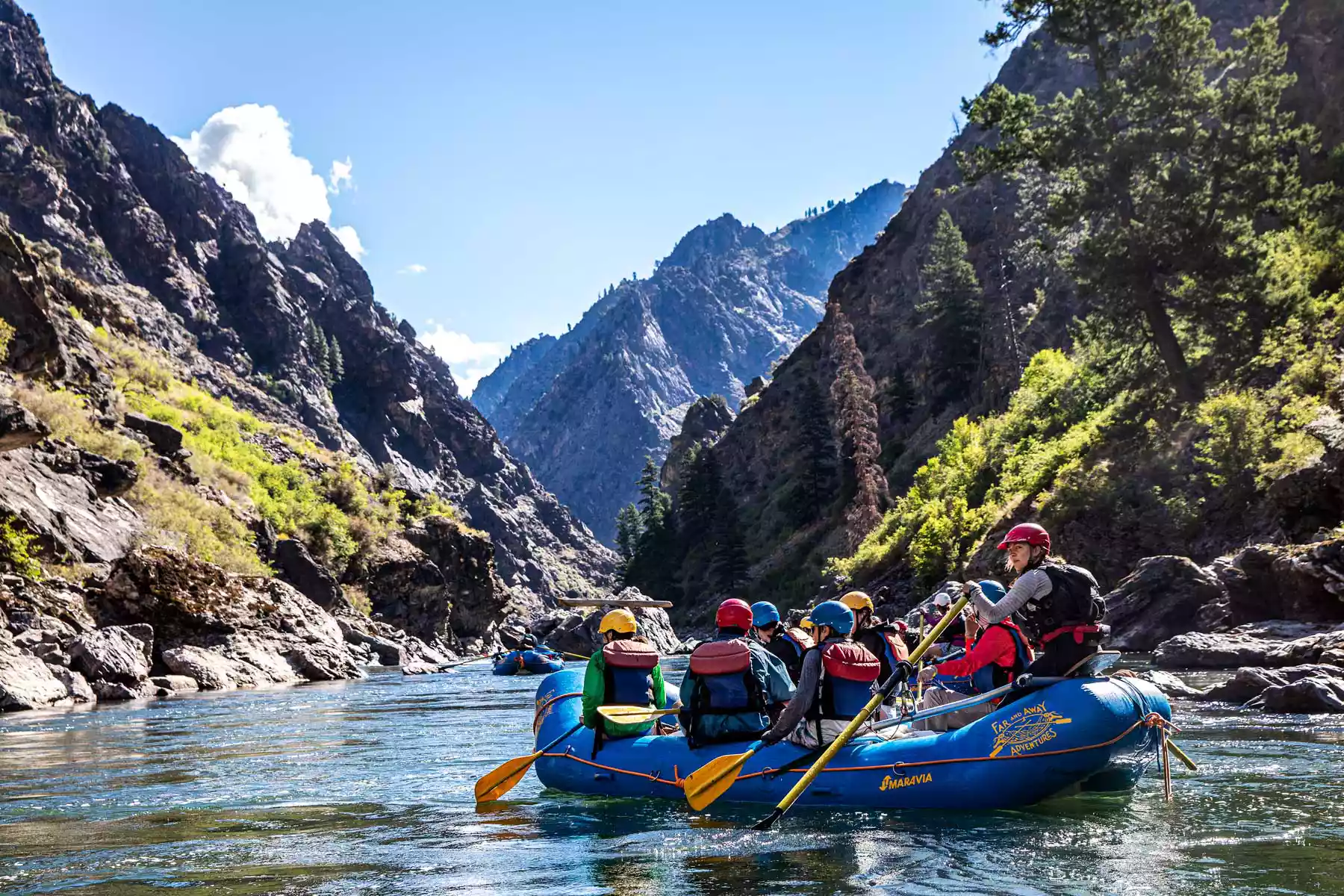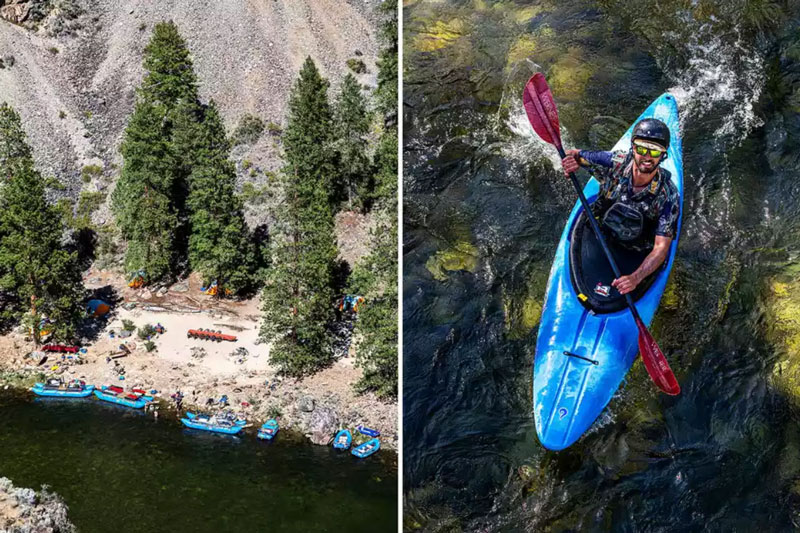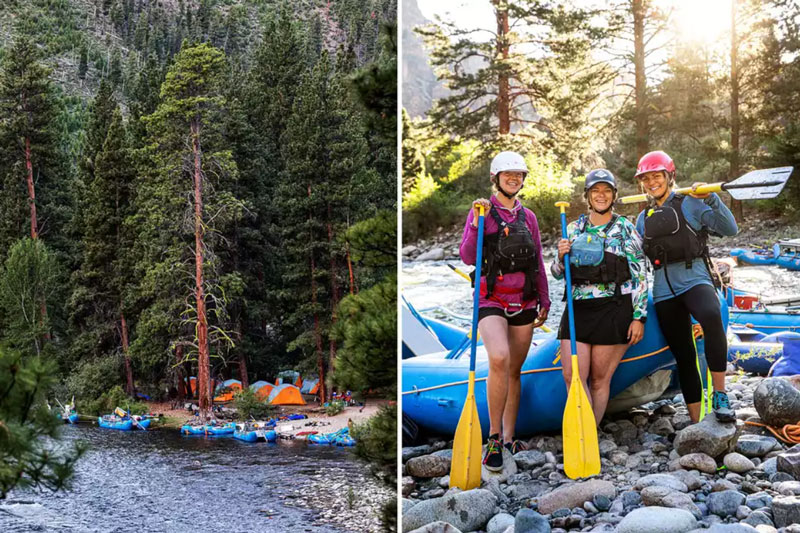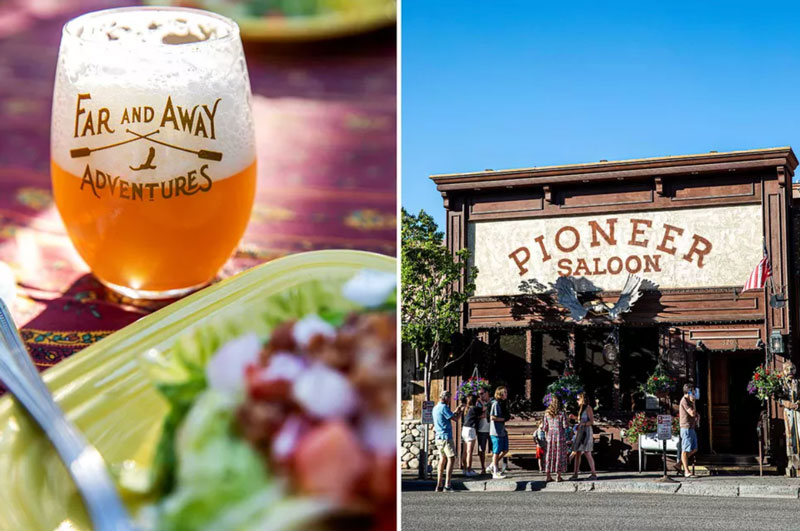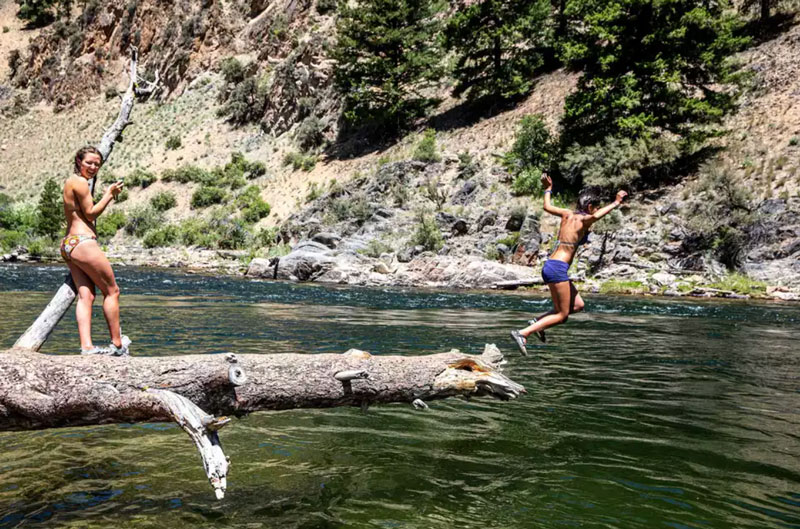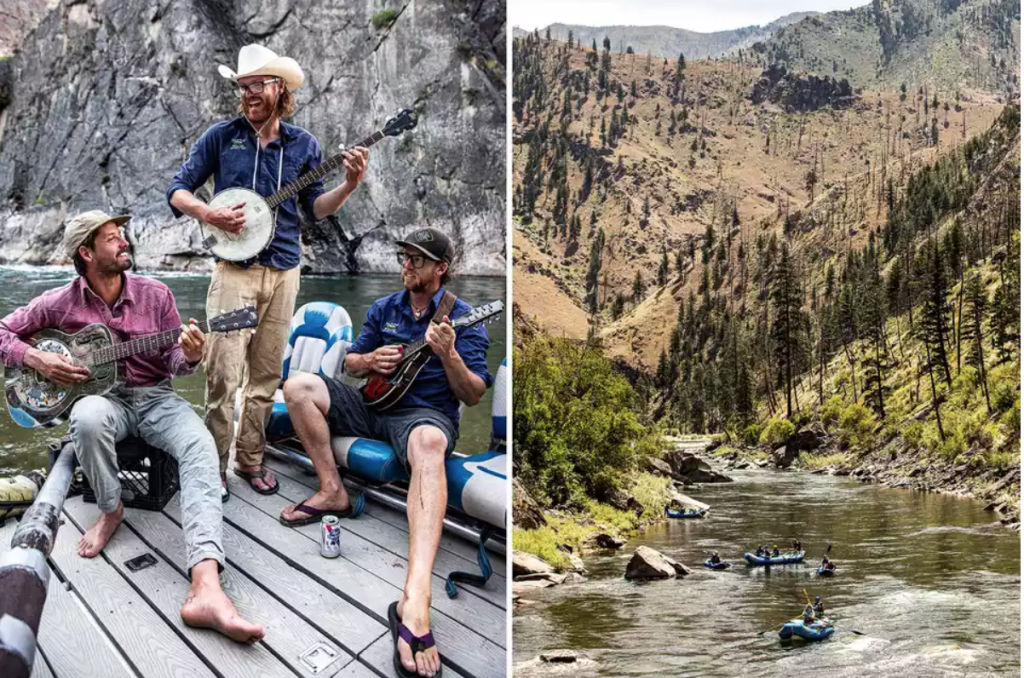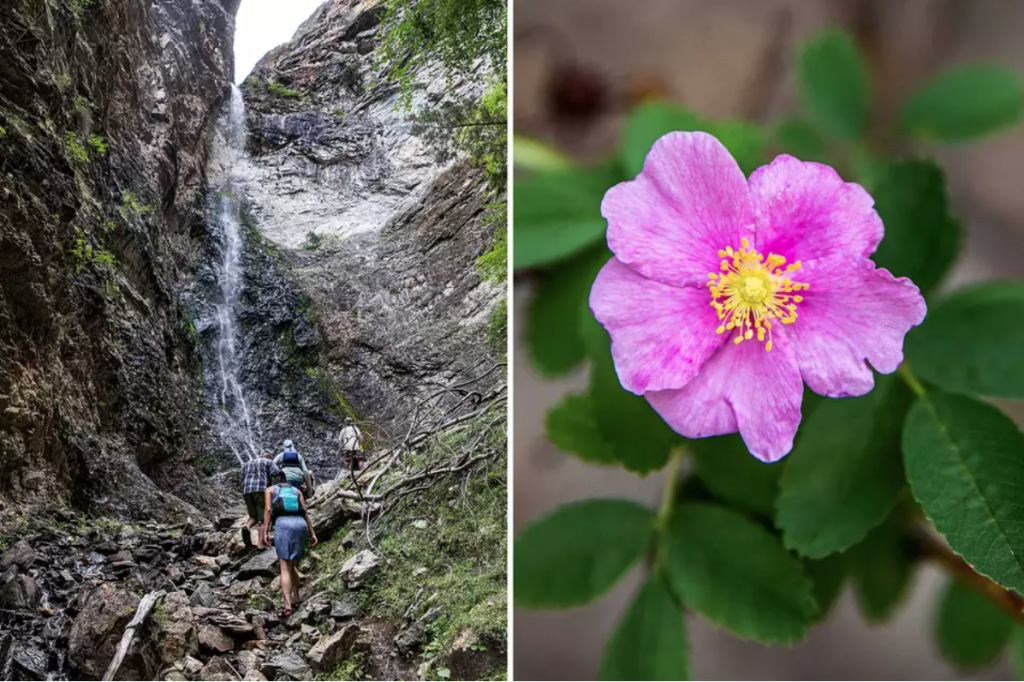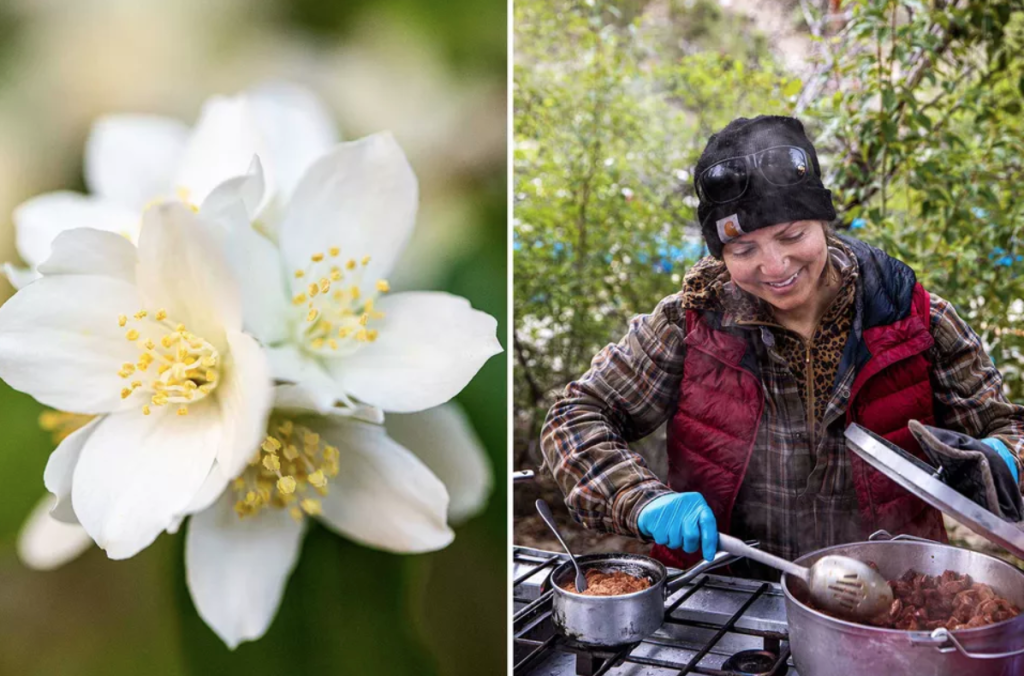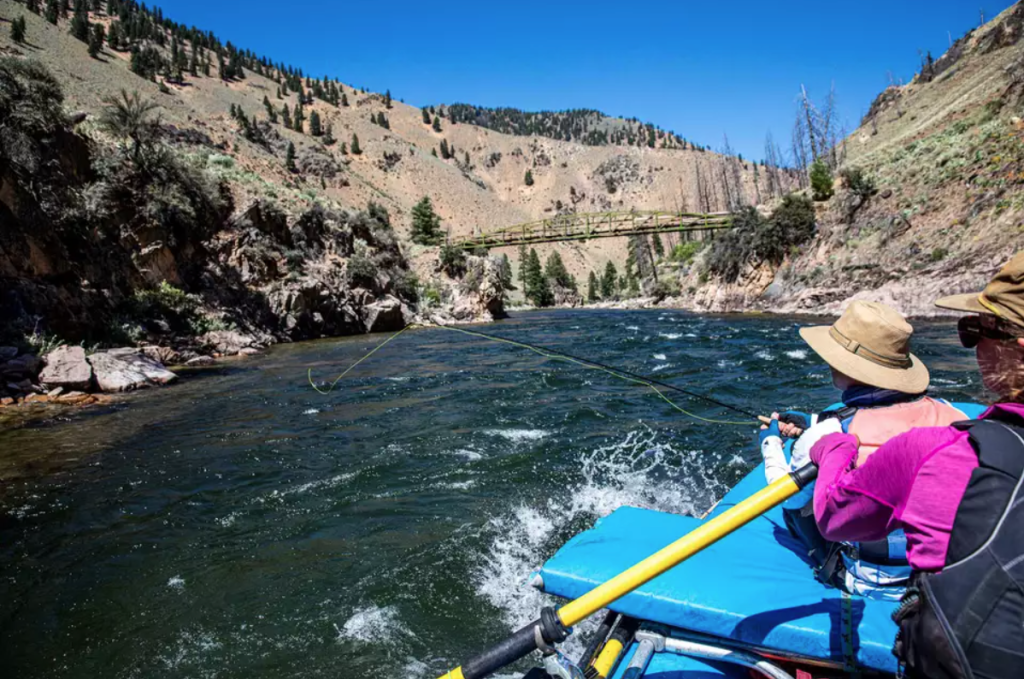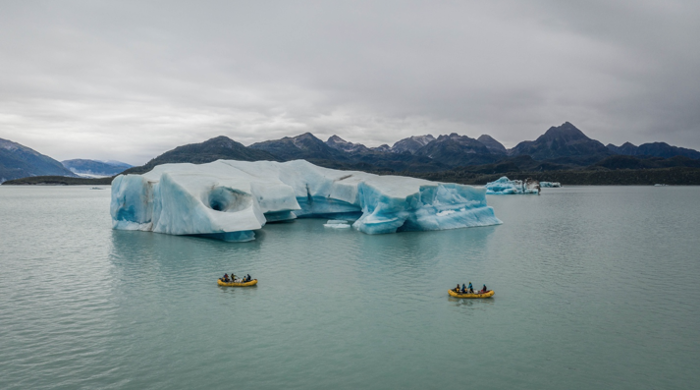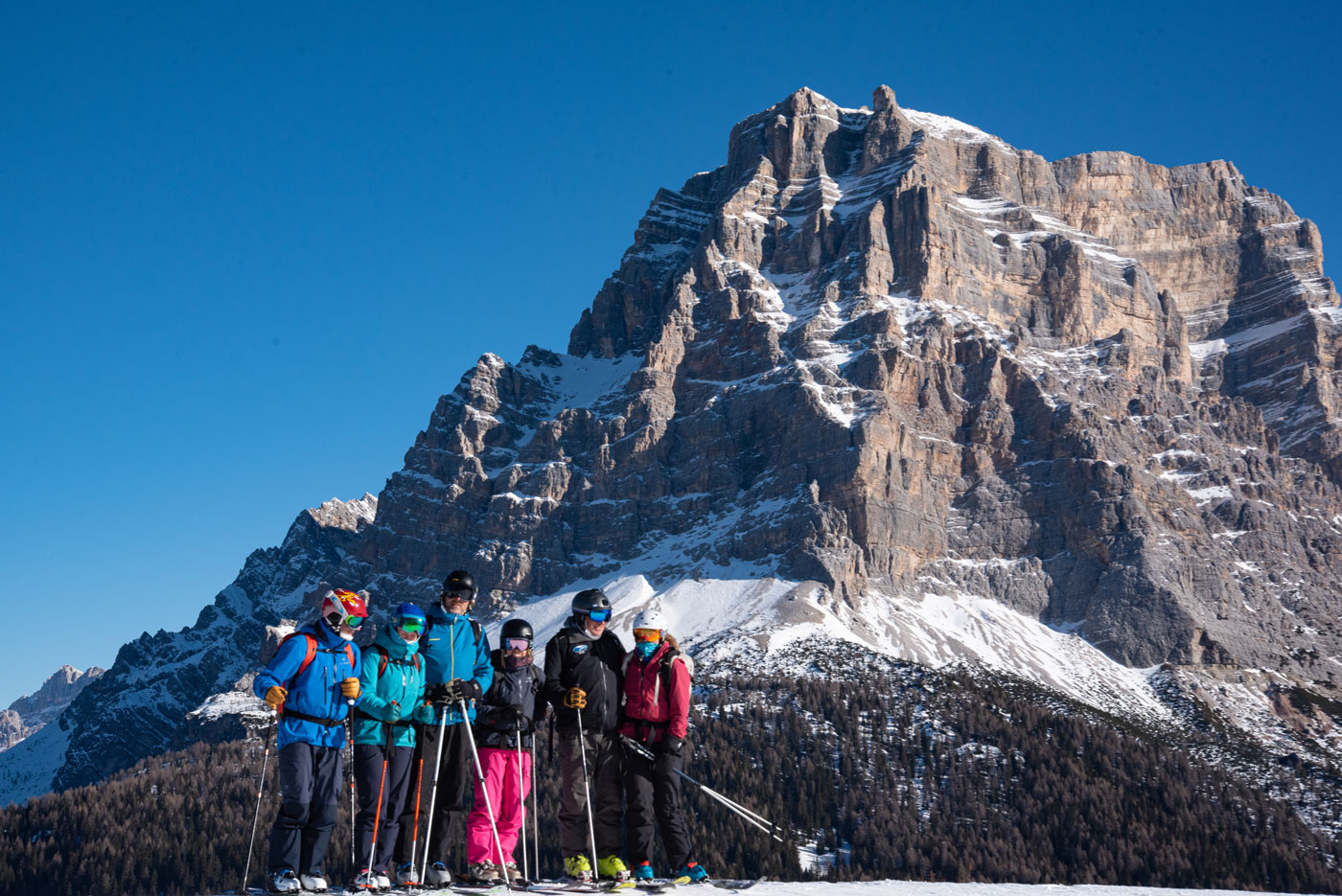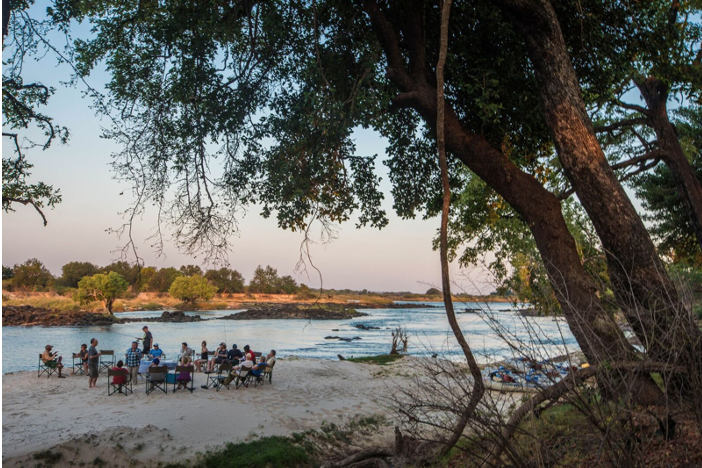7 Must-Try White Water Rafting Idaho Adventures
Explore top white water rafting Idaho spots. Experience rush and beauty in nature’s playground. Get ready for an adventure of a lifetime!
Feel the rush of the rapids, the thrill of adventure, and the beauty of untouched wilderness. Idaho is home to some of the best whitewater rafting experiences in the world. With a variety of rivers ranging from beginner-friendly to expert-level rapids, there’s something for every rafting enthusiast.
Whether you’re looking for a thrilling water adventure or a more relaxed journey through breathtaking landscapes, Idaho delivers unparalleled nature rafting experiences.
The state’s rivers carve through deep canyons, flow past towering forests, and provide access to some of the most remote and pristine landscapes in the country. The challenge of navigating powerful rapids combined with the serenity of floating through peaceful stretches makes white water rafting in Idaho a must for outdoor enthusiasts.
Far and Away Adventures, based in Sun Valley, specializes in high-end, all-inclusive rafting trips that blend adventure with luxury. Our expeditions include gourmet meals, comfortable campsites, and expert guides who bring Idaho’s rivers to life.
For those ready to take on the rapids, here are seven must-try white water rafting adventures in Idaho.
1. Middle Fork of the Salmon River
A legendary name in the rafting world, the Middle Fork of the Salmon River offers a 100-mile journey through the heart of the Frank Church River of No Return Wilderness. One of the best rafting rivers in Idaho, this pristine waterway is a haven for adventure seekers looking for an immersive multi-day trip.
Trips along the Middle Fork take rafters through some of the most remote wilderness in the country. The journey is a mix of heart-pounding rapids and tranquil stretches. It allows for a complete immersion in nature.
The ever-changing scenery and the thrill of the rapids make this one of the top thrilling water adventures in Idaho. Along the way, rafters can stop to soak in natural hot springs or explore historic sites, adding depth to the entire experience.
For those seeking comfort while embracing the wild, Far and Away Adventures provides a luxury experience with:
- Elevated camping
- Gourmet meals
- Expert guides
2. Main Salmon River (River of No Return)
The Main Salmon River, also known as the “River of No Return,” is perfect for families and adventure seekers alike. With warm water, sandy beaches, and a mix of exciting rapids and calm stretches, this river is ideal for relaxation and adventure.
The river’s moderate rapids provide excitement while still being accessible to newer rafters. The long stretches of calm water allow for:
- Swimming
- Sunbathing on sandy beaches
- Exploring historical sites from the early settlers of the region
This Idaho outdoor activity is perfect for those looking to balance adventure with relaxation.
3. Lochsa River
For adrenaline junkies, the Lochsa River is one of the most intense white water rafting in Idaho. Meaning “rough water” in the Nez Perce language, the Lochsa River delivers continuous and technical rapids that challenge even the most experienced rafters.
The Lochsa River is not for the faint of heart. It’s known for:
- Big drops
- Fast currents
- Technical runs
During spring runoff, the rapids become even more intense. This makes it one of the most thrilling water adventures in the state.
Proper rafting trip planning and a guide familiar with the river are essential for a safe and successful trip. Even experienced rafters must stay vigilant, as the river’s fast pace and continuous whitewater demand quick reflexes and precise paddling.
The sense of accomplishment after conquering these rapids is unmatched. This makes it a bucket-list destination for serious whitewater enthusiasts.
4. Owyhee River
The Owyhee River is a hidden gem, often referred to as the “Grand Canyon of the North” for its towering rock formations and remote beauty. A trip down the Owyhee is as much about the scenery as it is about the rapids.
The Owyhee offers a nature rafting experience unlike any other. Wildlife is abundant, with chances to see eagles, otters, and even wild horses.
Because of its remoteness, trips on the Owyhee require careful planning and are best experienced with a guide service like Far and Away Adventures. We specialize in luxury expeditions that include first-class camping and dining experiences.
5. Payette River
The Payette River is one of the most accessible rafting destinations in Idaho. With multiple sections offering different levels of difficulty, it’s a great option for both beginners and experienced rafters.
The South Fork of the Payette offers intense rapids for experienced paddlers, while the Main Payette is perfect for families and first-timers looking for an introduction to rafting. It’s an excellent Idaho outdoor activity for those short on time but eager for adventure.
6. Hells Canyon (Snake River)
Hells Canyon, the deepest river gorge in North America, provides a dramatic setting for an unforgettable rafting journey. The Snake River carves through towering cliffs, offering stunning scenery and exciting rapids.
Rafting through Hells Canyon is a one-of-a-kind nature rafting experience, offering powerful rapids and calm stretches where you can take in the beauty of the canyon. The isolation and rugged landscape make it a top destination for adventure seekers.
7. Selway River
One of the most pristine rivers in the U.S. is the Selway River. It is a bucket-list destination for rafters who crave solitude and a true wilderness adventure.
Because only a handful of groups are allowed to raft the Selway each year, it offers an exclusive and serene white water rafting in Idaho experience. The river’s remote location and challenging rapids make it best suited for experienced rafters or those traveling with knowledgeable guides.
Embark on Your Adventure White Water Rafting in Idaho
Idaho is a paradise for rafting enthusiasts. With an array of rivers offering everything from beginner-friendly floats to expert-level rapids, there’s no shortage of thrilling water adventures and nature rafting experiences to explore.
Whether looking for a high-end luxury expedition or a classic wilderness experience, Far and Away Adventures provides exceptional guided trips, ensuring comfort, gourmet dining, and expert leadership. Our custom-designed luxury rafting trips offer an unparalleled blend of adventure and comfort.
Now is the time to embark on your dream white water rafting in Idaho. Contact Far and Away Adventures today to plan your ultimate river adventure.
